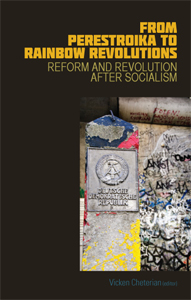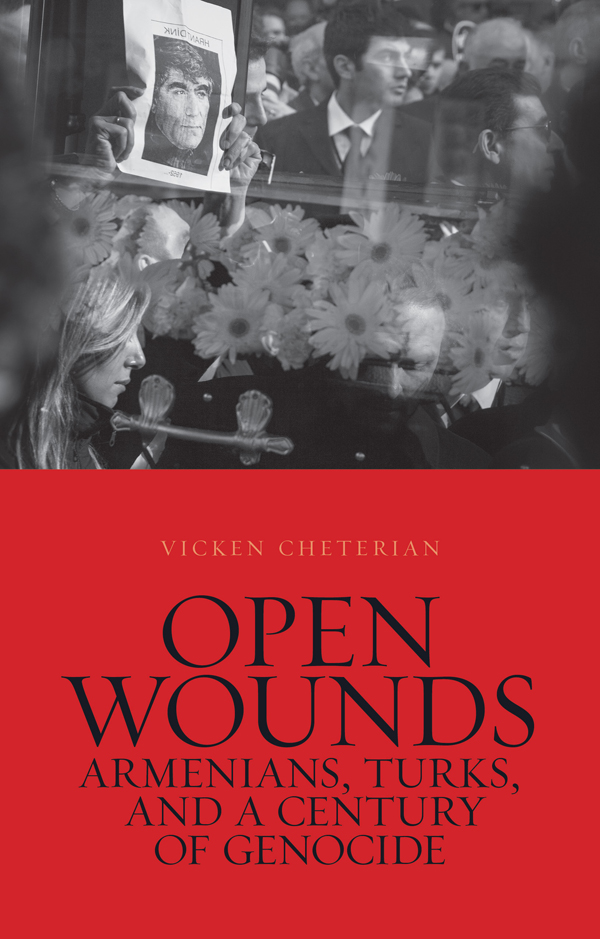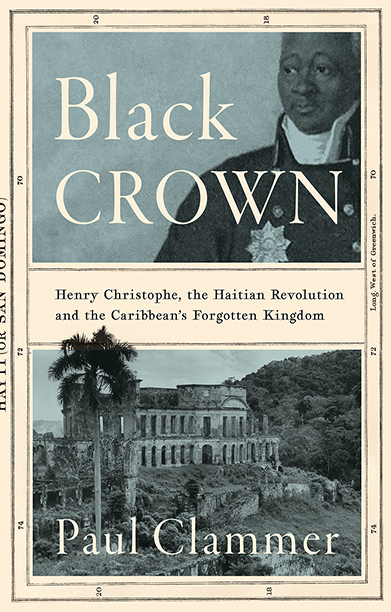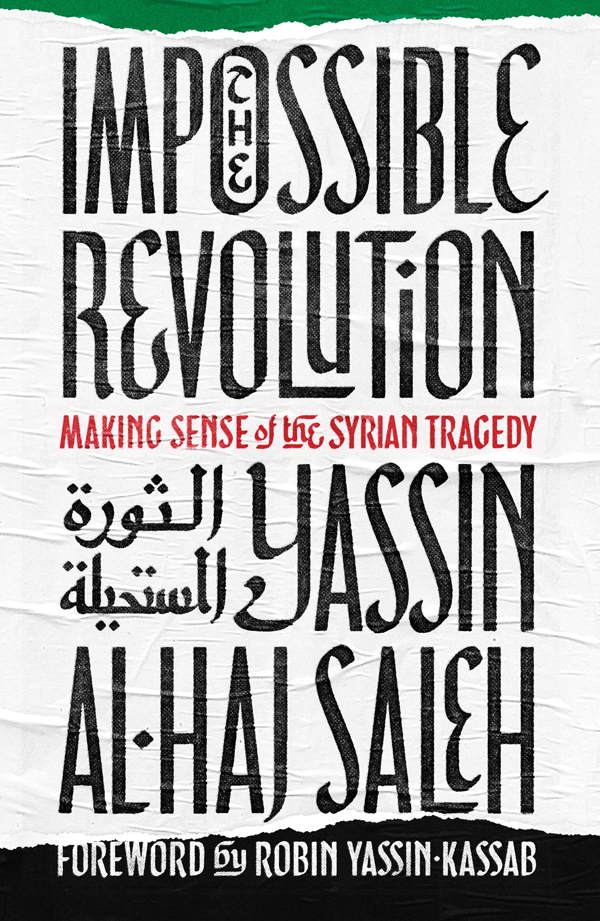Description
Twenty-five years after Gorbachev came to power and two decades after the collapse of the Soviet Union, the questions that lay behind the reform efforts at the start of Perestroika are still relevant: how to modernise the economy, and how to recreate a basis for political legitimacy?
The wave of ‘Colour Revolutions’ that precipitated regime change in Eastern Europe, starting in Serbia, and later spreading to Georgia, Ukraine and Kyrgyzstan, were carried out in the name of democratic legitimacy and in order to fight corruption. The current debate in Moscow revolves around the same idea: what is the way forward for Russia’s modernisation, economically and politically?
This volume brings together six experts on Eastern Europe and the former Soviet Union to compare and evaluate the evolution of ideas behind Gorbachev’s reforms, Yeltsin’s transition, and the more recent wave of the ‘Colour Revolutions’. It does not take the form of a single viewpoint on these historic events, but rather exhibits dispersed discussion from various perspectives tracing the contradictory development of ideas of reform, the transformation of the notion of revolution, the role of civil society, and individual chapters covering the four cases of ‘Colour Revolutions’.
Table of contents
Foreword
Contributors
Abbreviations and Acronyms
1. Perestroika, Transition, Colour Revolutions — Vicken Cheterian
2. Revisiting 1989’s Ambiguous Revolutions — Catherine Samary
3. Serbia: The Broken Promises of October — Jean-Arnault Dérens
4. The Record of the Rose Revolution: Mixed but Still Impressive — Ghia Nodia
5. Ukraine Since the Orange Revolution: Democracy and the Unrule of Law — Dominique Arel
6. Kyrgyzstan Between Revolutions — Anara Tabyshalieva
7. Revolution and Civil Society, Testimonies from the Field — Vicken Cheterian
Notes
Index
Reviews
‘In this engaging volume, an international team of experts skillfully dissects the achievements and failures of the coloured revolutions—a series of popular uprisings that swept through post-socialist societies from 2000 to 2005. In doing so, they raise deeper questions about the conditions under which revolutionary change translates into revolutionary results.’ — Mark R. Beissinger, Professor of Politics, Princeton University, and author of Nationalist Mobilization and the Collapse of the Soviet State
‘This is not the first book about the ‘coloured revolutions’, but this sets a new standard. The analysis is considered, the country chapters are by acknowledged experts, the focus is on the actors themselves and the process of change in which they engaged. I will be bringing this study to the attention of my students and all specialists on the contemporary politics of the post-Soviet world would do well to read it.’ — Stephen White, Professor of Politics, Glasgow University and author of Understanding Russian Politics
Editor(s)

Vicken Cheterian is a historian and political scientist, and he lectures at the University of Geneva and Webster University Geneva.






